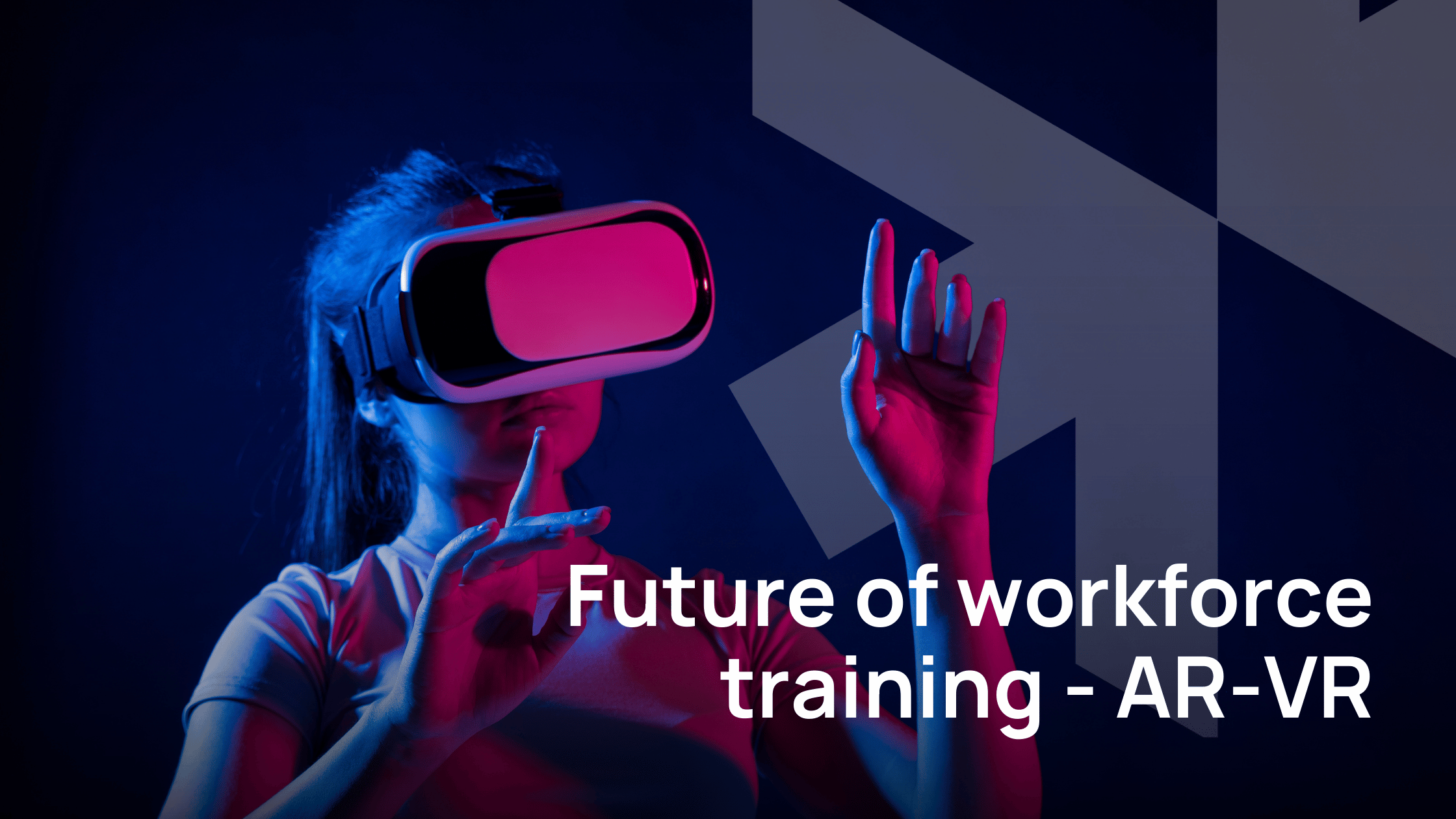As the previous article illustrates, the need for touch-free identity authentication is more serious than ever. As questions surround the finger-touch bio-metric machines, businesses are looking at using facial recognition for attendance. In order to build a better understanding of this technology, let us take a look at different approaches used in building a good facial recognition software.
Approaches to facial recognition technology
Feature-based approach
In this approach, facial recognition software relies on mapping significant features such as eyes, nose etc to generate primary input data for face recognition. This approach works in three stages: in the first stage, the intensity of the image is calculated in terms of features. In the second stage, the image is represented as a series of graphs. Here, the nodes in the graph represent features information while links in the graph represent relation between the features. In the third and final stage, this data is matched with a database to identify the face correctly.
Holistic approach
In the holistic approach to face recognition the whole head is considered for input. While feature-based approach considers face as a flat plain, holistic approach creates a model of the entire head. This technology sees the whole head as a cylindrical volume. Further on, it takes into account the possibility of movement. This approach too marks a number of feature points on the face and then adjusts these points according to the way the face rotates.
Hybrid approach
The hybrid approach to facial recognition technology is simply the combination of the two other approaches in face recognition. This approach helps scientists overcome the shortcomings of other individual approaches. According to some studies, this approach can work in two stages called training and classification.
In the training stage, facial recognition algorithm extracts various feature points from faces using a combination of technologies such as Principle Component Analysis (PCA) and Independent Component Analysis (ICA). After this, these extracted features are trained in parallel and partitioned into different face classes using Back-propagation neural networks (BPNNs) In the classification stage, the images are classified into different face classes using a combination of various algorithms.
While these are the broader approaches to face recognition, there are other specific techniques to design algorithms. These techniques include Eigenface, Neural network, Fisherfaces, Elastic bunch graph matching, and Geomatrical feature matching.
At present, facial recognition techniques used by social media companies are capable of identifying faces with 97% accuracy. However, new challenges now loom on the horizon for facial recognition technology.
The new challenge for facial recognition algorithms
However, with masks becoming ubiquitous, identifying faces wearing masks is the new challenge for facial recognition tech. recently, a company in China has claimed that it has resolved the issue.

There seem to be two approaches to solving this problem. First, making algorithms adapt at guessing what a face could look like without wearing mask. Second, deleting a part of the picture, so that the algorithm is designed to recognize half the face itself accurately. Chinese researchers working on this issue claim that the first approach requires loading into the system, around 6 million pictures of people without masks, and then some pictures without masks.
Despite the new challenges, there is recognition within the industry that the time for use of face recognition technology at workplace has arrived. The recent Covid-19 pandemic has underlined the need for face recognition to replace biometric touch pads and other systems that involve touch.
Crafsol has been working to make advanced facial recognition technology available at affordable prices to businesses across India. Early adaptation of this technology for functions such as logging employee attendance could ensure a hassle-free and safe workplace for all. If you want to explore how this technology could help your business, reach out to us at…..







